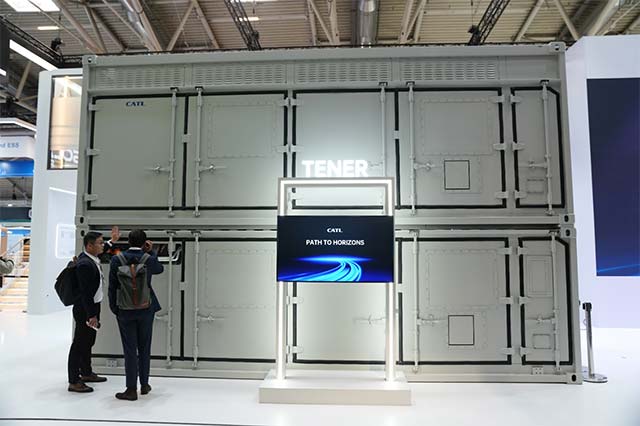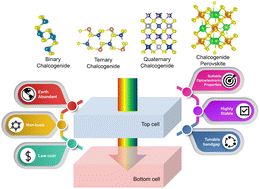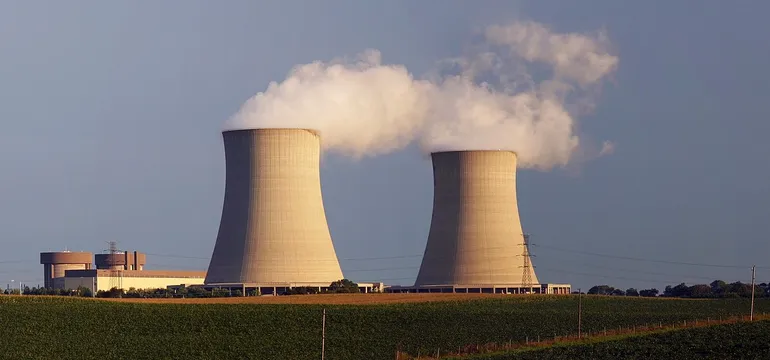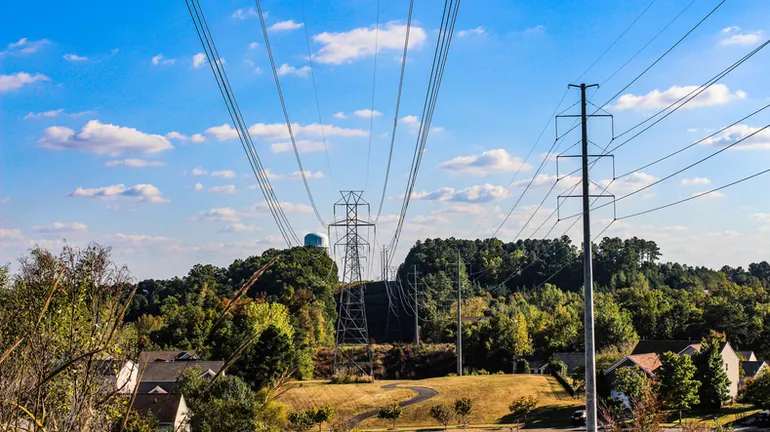The Effect of Pore Functionality in Multicomponent Covalent Organic Frameworks on Stable Long‐Term Photocatalytic H2 Production
Advanced Energy Materials, EarlyView.

Five COFs are synthesized through a multicomponent reaction, preserving a similar backbone while introducing varying pore functionalities. All COFs demonstrate excellent chemical stability and sustained H2 production under sunlight for 7-15 days. The imidazole-functionalized COF exhibits the highest H2 production, which can be attributed to its high surface area, improved wettability, and efficient charge separation.
Abstract
In nature, organic molecules play a vital role in light harvesting and photosynthesis. However, regarding artificial water splitting, the research focus is primarily on inorganic semiconductors. Although organic photocatalysts have high structural variability, they tend to exhibit lower quantum efficiencies for water splitting than their inorganic counterparts. Multicomponent reactions (MCRs) offer an attractive route to introduce different functional units into covalent organic frameworks (COFs) and enable semiconducting properties and high chemical stability, creating promising materials for long-term photocatalytic applications, such as H2 production. Herein, five highly crystalline donor-acceptor based, 4-substituted quinoline-linked MCR-COFs are presented that are prepared via the three-component Povarov reaction. The pore functionality is varied by applying different vinyl derivatives (e.g., styrene, 2-vinyl pyridine, 4-vinylpyridine, 4-vinyl imidazole, 2,3,4,5,6-pentafluorostyrene), which has a strong influence on the obtained photocatalytic activity. Especially an imidazole-functionalized COF displays promising photocatalytic performance due to its high surface area, crystallinity, and wettability. These properties enable it to maintain its photocatalytic activity even in a membrane support. Furthermore, such MCR-COFs display dramatically enhanced (photo)chemical stability even after long-term solar light irradiation and exhibit a high and steady H2 evolution for at least 15 days.




















































































































































